It is safe to say that playing in the men’s national cricket team is an exceptional professional opportunity our society has created, which comes with exceptional social and economic privileges. The overwhelmingly disproportionate dominance of the upper castes in this exceptionally privileged professional opportunity in our society, can only mean one thing, and that is, our society still very much maintains structural mechanisms to protect privileged positions for the so-called upper castes, and to exclude others.
“Only one of the all-frontline batters in the men’s Indian Cricket Team is a non-Brahmin person, and most of the players in the team belong to Hindu upper castes,” a friend of mine was telling while having lunch in our hostel mess. A devout fan of cricket, I was all cheered up for watching the T20 World Cup Semi Final match between India and England which was only some minutes away. This conversation however unsettled something very important in the ‘fan’ in me.
Apart from being a fan of cricket, I am a student of Sociology. But I had never given serious attention to the issue of upper caste dominance in the male national cricket team of India, and I do not think many of the followers of this widely beloved game would have done so. According to an article published in the Economic and Political Weekly in 2018, in India’s 85-year-long Test Cricket history, only four of the 289 male Test cricketers have reportedly been Dalits. The male national cricket team has almost always been dominated by upper caste Hindus coming from big cities. (Bhawnani & Jain 2018) (Menon 2021).
The numbers my friend had stated are difficult to verify with a great certainty, because the castes of the players are nowhere officially communicated. But even with acceptance of some element of error, the intensity of disproportionate representation of upper caste players remains substantial. The history of the caste representation in the game further substantiates the existence of a sustained upper caste dominance in cricket. The cricket fan in me however, presumably like most of the others, had somehow been completely blind towards this.
The underlying assumption of being a cricket fan has always been the belief in the fairness of the game. Fairness, not only limited to the happenings on the field during the game but even in the process outside the field. An unconscious recognition that even the process to reach the highest level in the game of cricket ensures some fairness in opportunity for all, is necessary to maintain the consciousness of a cricket fan. A fan needs to believe that the national team truly represents the whole of our nation’s best. This conversation before the world cup match however had shaken that belief for me.
The Systemic Protection of the Upper Caste Privileges in Cricket:
An overwhelming presence of a single caste in the male national team can only be explained by two theories. One is that men belonging to this particular caste, somehow happen to have an overwhelmingly better skill set required for achieving excellence in this game, and all the other castes severely lag behind in having that skillset. Or, the process leading to the higher levels in the game of cricket in India overwhelmingly favours this one particular caste. The Sociology student in me would have no reservations in accepting the second theory as a more logical explanation of this fact.
Read Also : Asking for spiritual equality is a fundamental issue before the Dalits-Bahujans. - Kancha Ilaiah Shepherd
Today, Cricket has become probably the most prestigious game in our country, and being a cricketer has huge privileges. The money, especially the members of the men's national cricket team earn, the social media following they get, the influence on the population they have, all are spectacularly higher than most of the other professional opportunities. On the other hand, the players are also treated as national heroes who are there to make the country proud.
It is safe to say that playing in the men’s national cricket team is an exceptional professional opportunity our society has created, which comes with exceptional social and economic privileges. The overwhelmingly disproportionate dominance of the upper castes in this exceptionally privileged professional opportunity in our society, can only mean one thing, and that is, our society still very much maintains structural mechanisms to protect privileged positions for the so-called upper castes, and to exclude others. Even after so many years of independence and the constitution, the caste system still continues to have a great say in the distribution of privileged positions in the society.
The doors of the national cricket team show surprising inclination to admit Hindu upper caste men and deny entry to others. This bias, in my view, should be attributed to the gatekeepers of this game. From what castes the coaches, the selectors and the administrators of the game come? Who controls the important infrastructure required for this game? At what places has such an infrastructure been located? Pursuit of such questions can be crucial for a clearer understanding of the social position of this game.
Caste Blindness:
I live in an IIT Campus. IITs in India, like the cricket team, are places where an overwhelmingly large proportion of the important positions are occupied by the Hindu upper caste men. An answer to a query in Rajya Sabha and RTI responses to queries by the Ambedkar Periyar Phule Study Circle, a student’s group in IIT Bombay, have shown how the IITs have been flouting reservation norms to deny entry to the SC, ST and OBC candidates in faculty positions. (Mandade & Jeevan 2022). The RTI data also shows that the disproportionate dominance of upper caste Professors directly reflects in the admissions to PhD courses, where interviews are an important part of the admission process.
The very common response I have seen in the IIT campus, when the caste bias prevalent in the structure is exposed, coming from the defenders of such a structure, is an outright denial of the existence of caste on campus. Even the utterance of the word caste is greeted with extreme discomfort. The attempts to deny the existence of caste-based discrimination by the upper castes are many a times desperate, because that is the only way to deny the awkward reality of their privileges.
The devout cricket fan in me badly wants to do the same; denying the existence of caste bias in the game of cricket in India. He wants to turn a blind eye towards the revealing caste realities of the game and keep enjoying the game just as before. But for the Sociology student in me, who refuses to be blind, even after some efforts, the paradise of fanhood seems to be lost forever.
Menon, S. (2021). Why the Indian cricket team has not been truly representative. The Hindu.
- Rushikesh Gawade
grushi03@gmail.com
(Auther is PhD Research Scholar in Sociology, IIT Bombay)
Tags: Cricket casteism in indian cricket Indian Cricket Team भारतीय क्रिकेट क्रिकेट संघ विश्वचषक dalit sportsmen Load More Tags

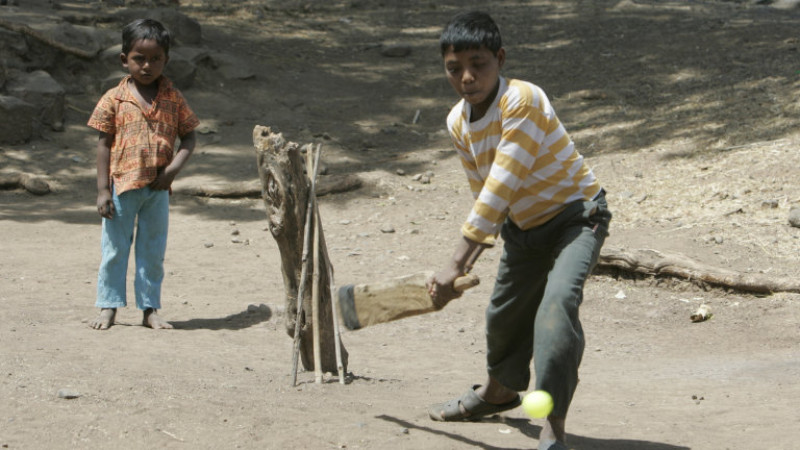
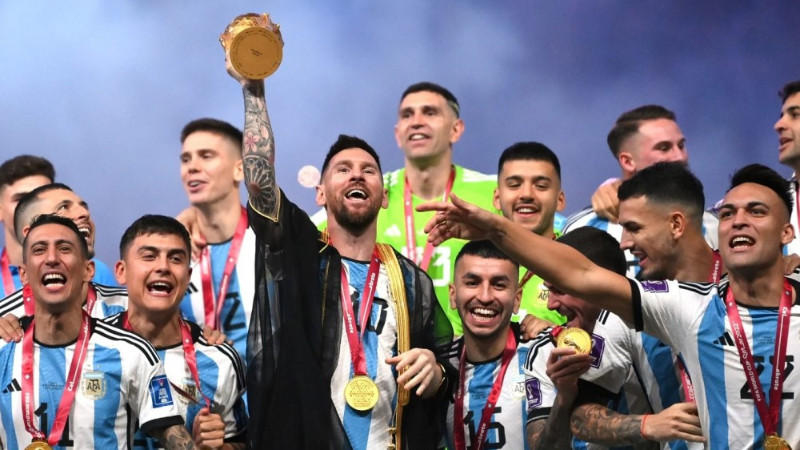
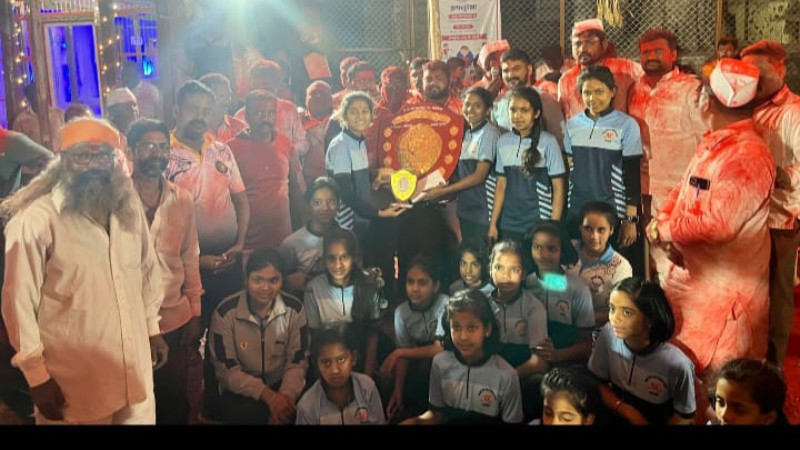
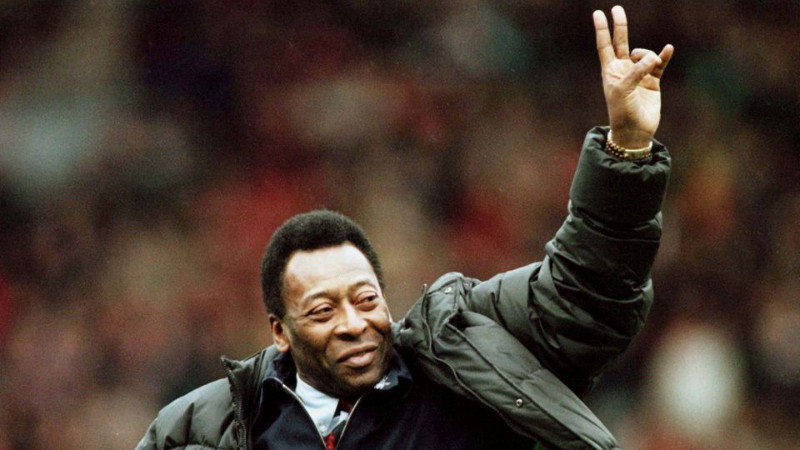
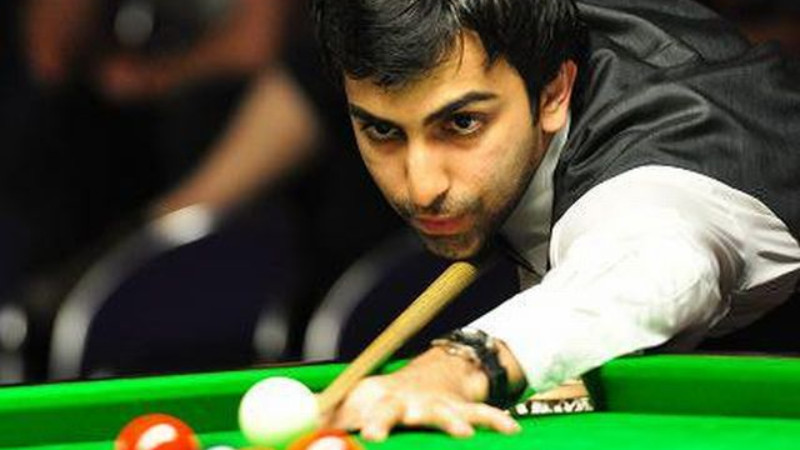
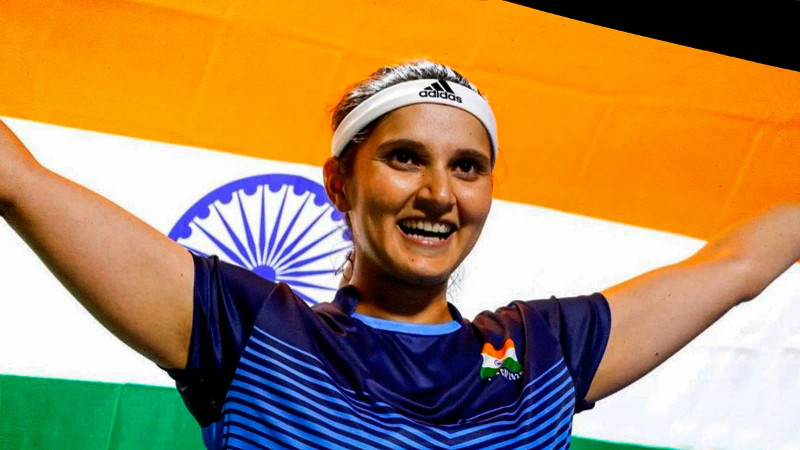
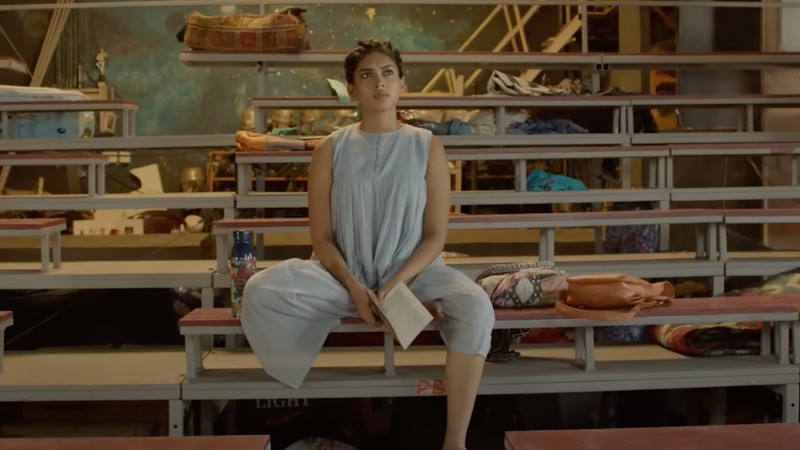
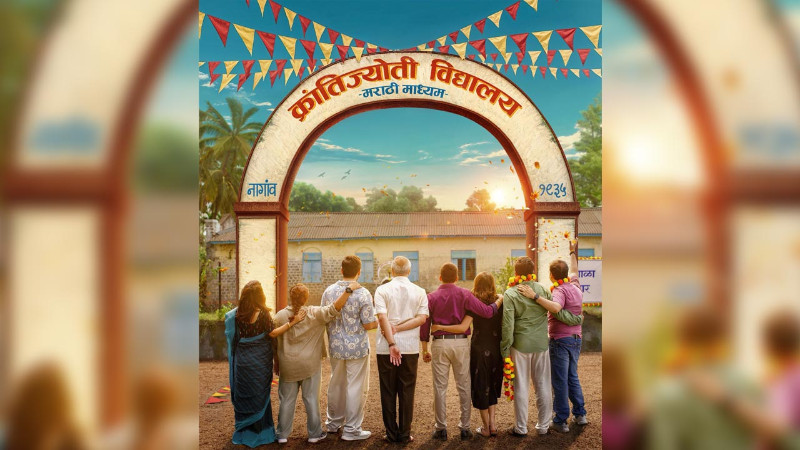
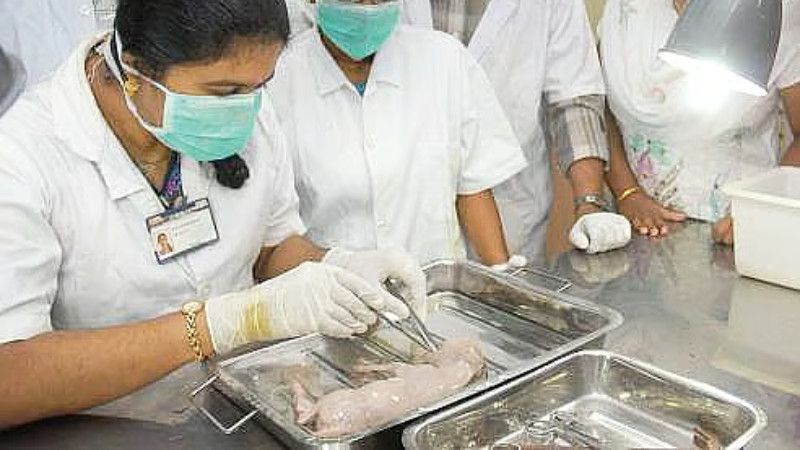
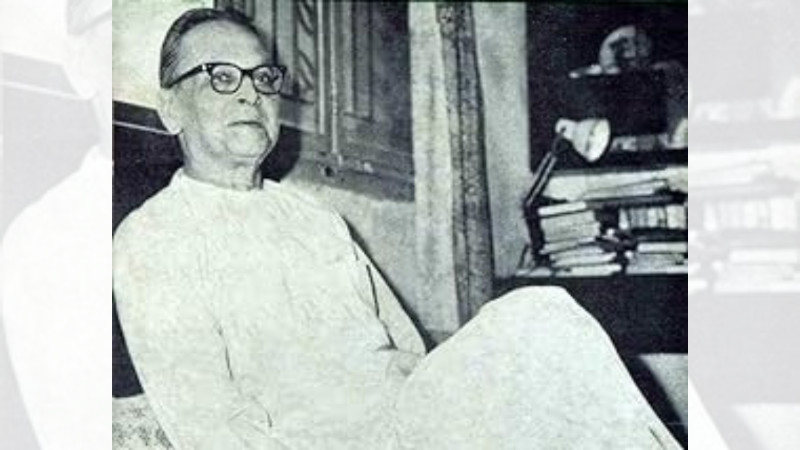
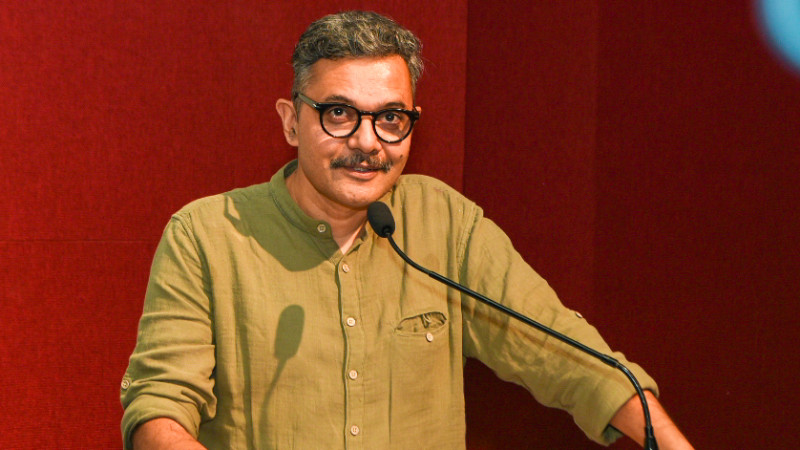
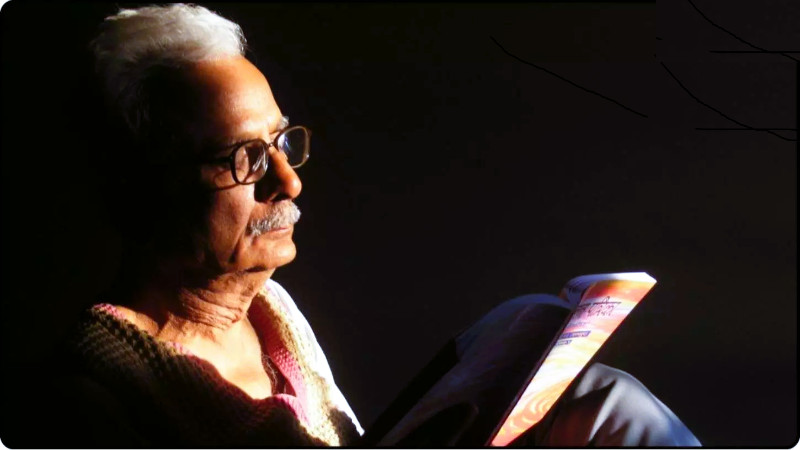
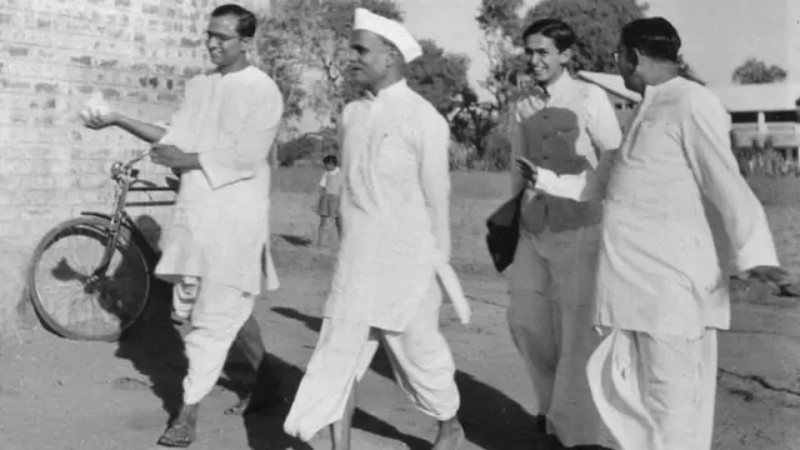
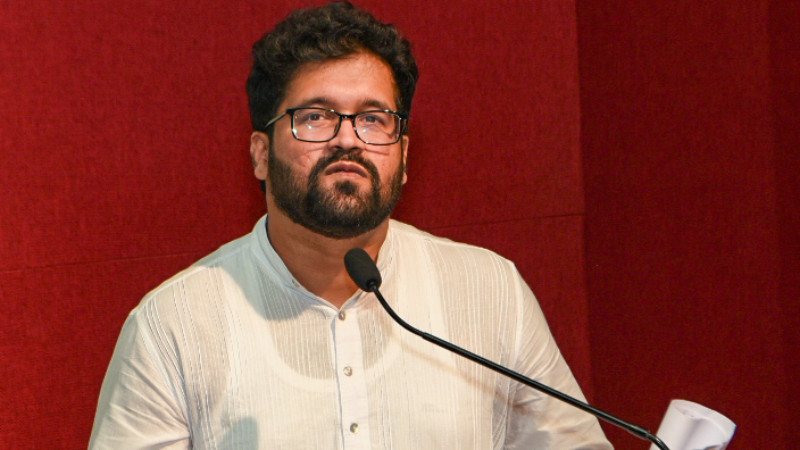
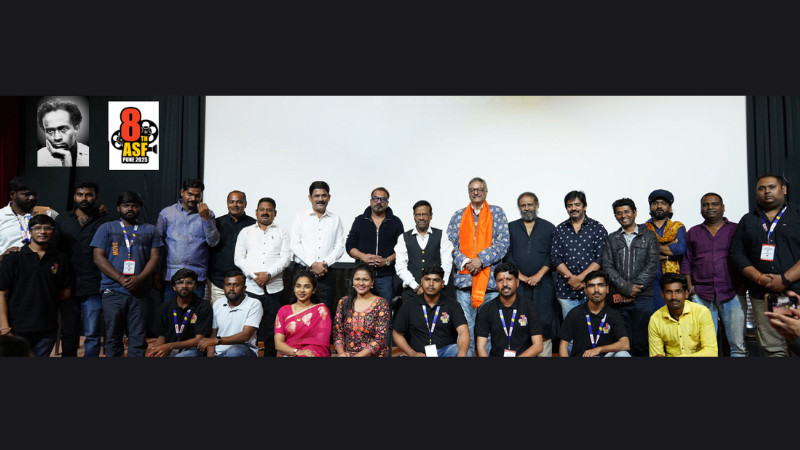

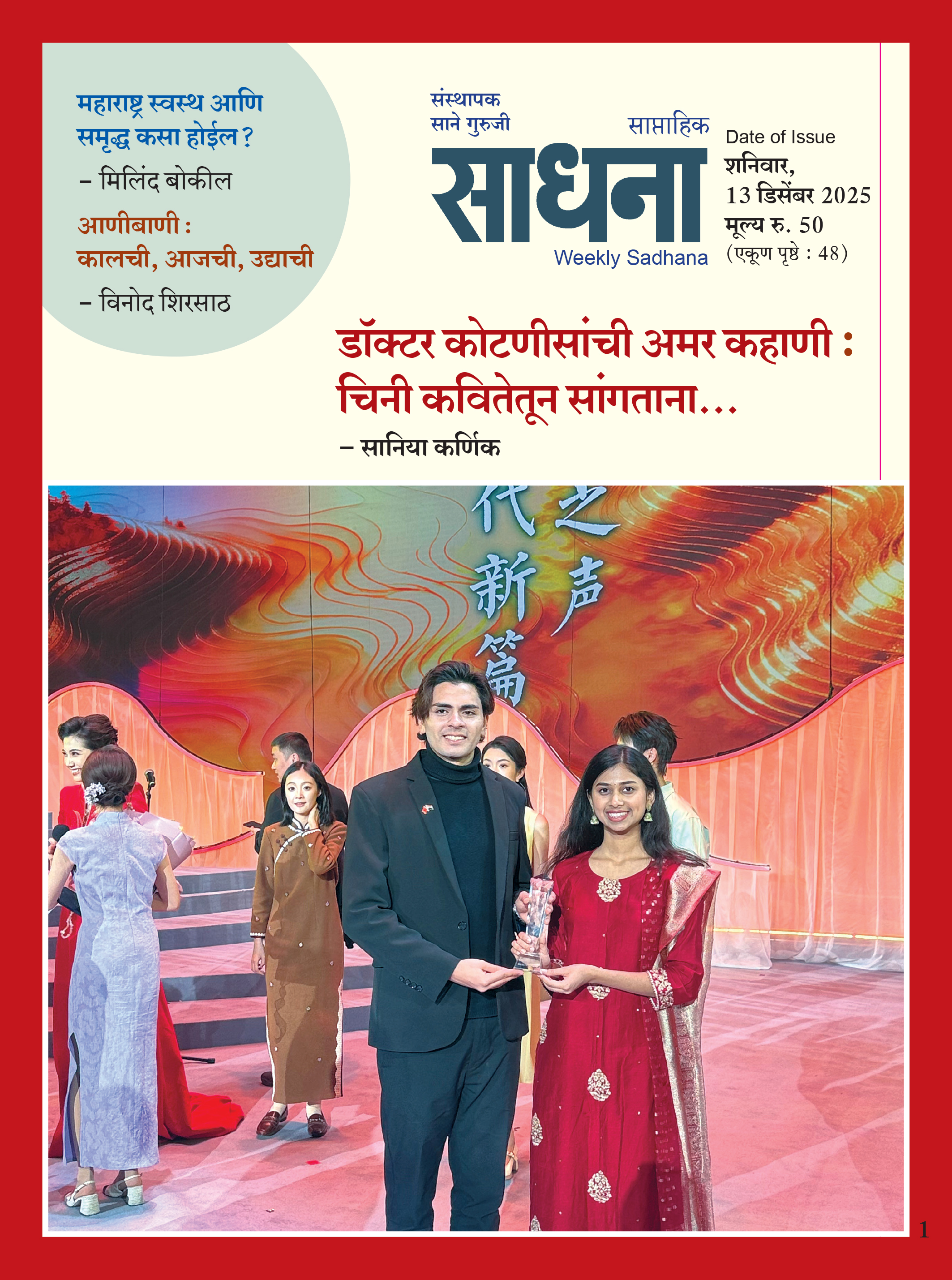













Add Comment